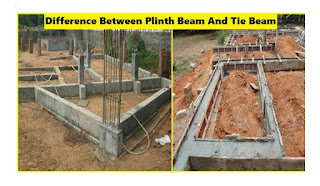Types Of Pipes Used In Water Supply System/Plumbing
Types Of Pipes:
The types of pipes commonly used in water distribution or plumbing system are described below.
1. Cast Iron Pipes:
Cast iron pipes or CI pipes are broadly utilized for distribution of water because they are less expensive, corrosion resistant, and long lasting. Cl pipes are mainly produced by following four techniques.
1. Horizontally cast (MC ware pipes)
2. Vertically cast (Pit cast in sand molds)
3. Centrifugally cast in sand lines molds spun type.
4. Centrifugally cast in water- cooled molds.
Uses of horizontally cast CI pipes are presently pretty much outdated, that's why they are infrequently produced these days. Centrifugally cast pipes are most widely used because they have more grained dense structure and uniform thickness. Generally, CI pipes are 3-6 m long, so much heavy, and require extra care to avoid from damaging while transporting and creating connections.
3. Galvanized Iron Pipes:
Galvanized pipes are also known as GI pipes are fashioned steel pipes with zinc coating. Gl pipes are mostly utilized for water supply and service connections.
4. Copper Pipes:
Copper pipes are most commonly utilized in hot water supply establishments. Some features of these pipes are as follows:
1. They possess high tensile strength.
2. They can be bent easily.
3. Copper pipes can be used in thin walls.
Copper pipes are sometimes chromium-plated to enhance their appearance and to match with the chromium-plated water supply fittings.
5. Polythene Pipes/PVC Pipes:
Polythene and PVC pipes are being utilized progressively nowadays for cold water supply inside and outside works. These pipes are lightweight, cheaper, corrosion- resistant, and require no threading for making any connections.
Besides these, there are othertypes of pipes commonly used for water distribution such as asbestos cement (AC) pipes, reinforced concrete (RCC) pipes, prestressed reinforced concrete (PSC) pipes, etc. The selection of the types of pipe for utilizing any purposes is adopted according to the design criteria, material availability, cost, and other comparative variables.









Comments
Post a Comment